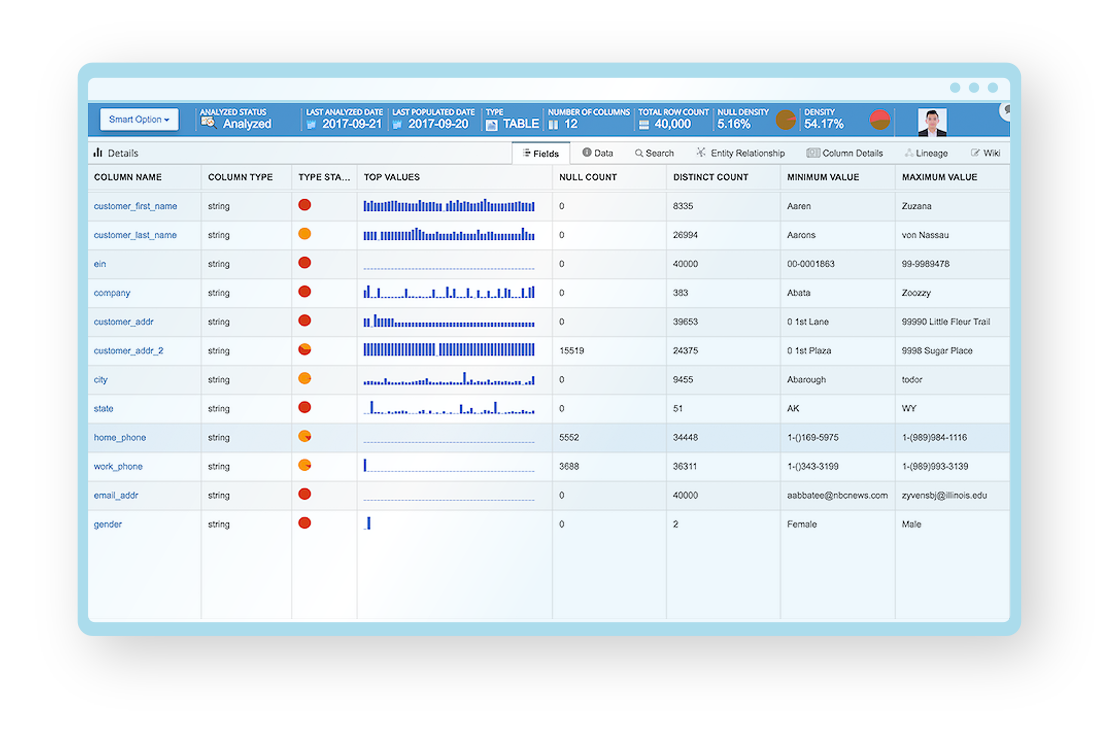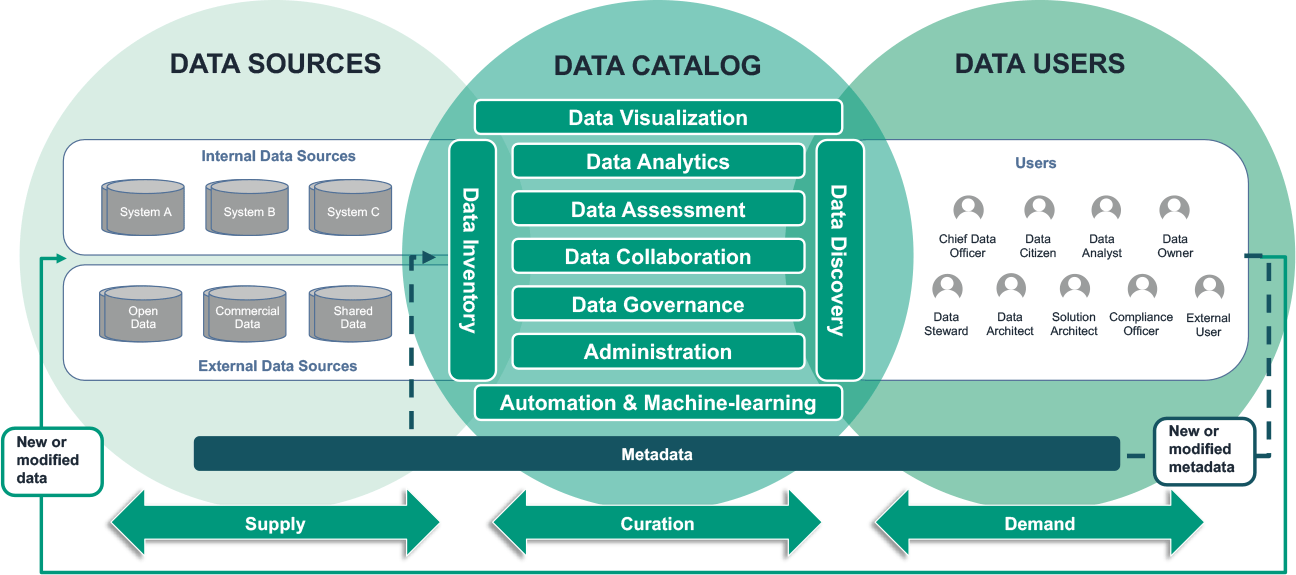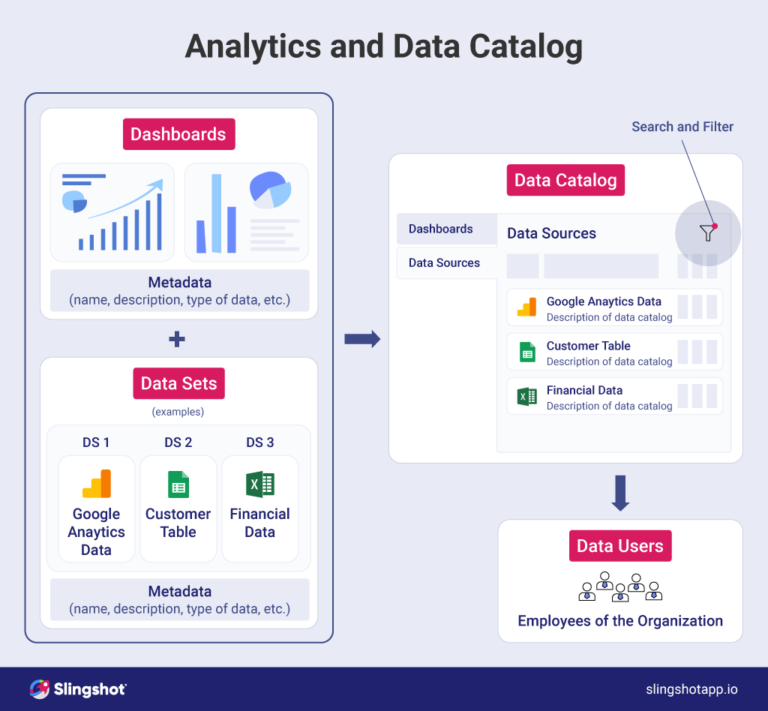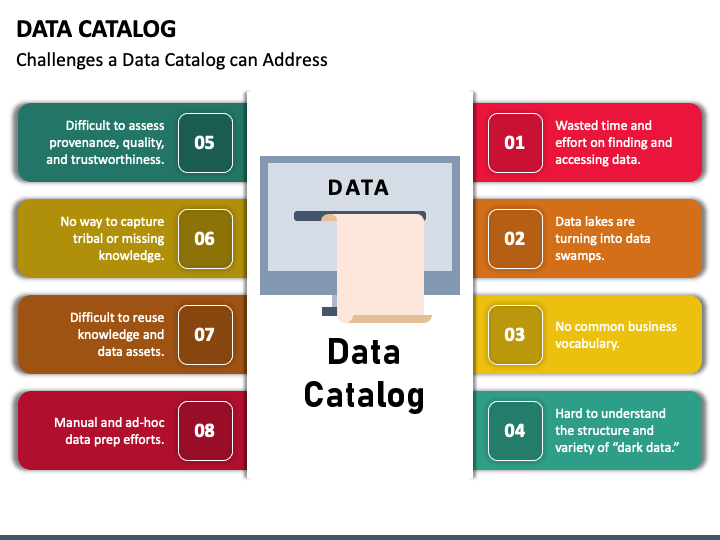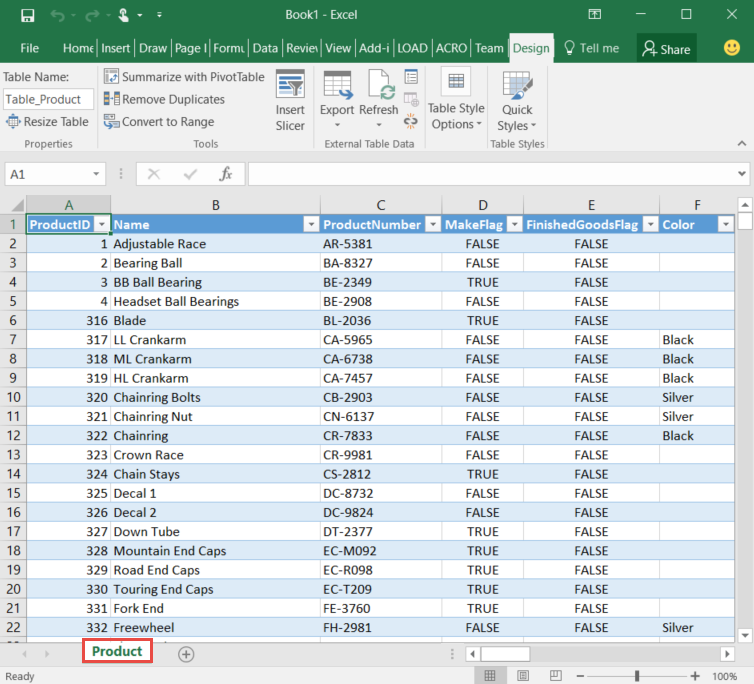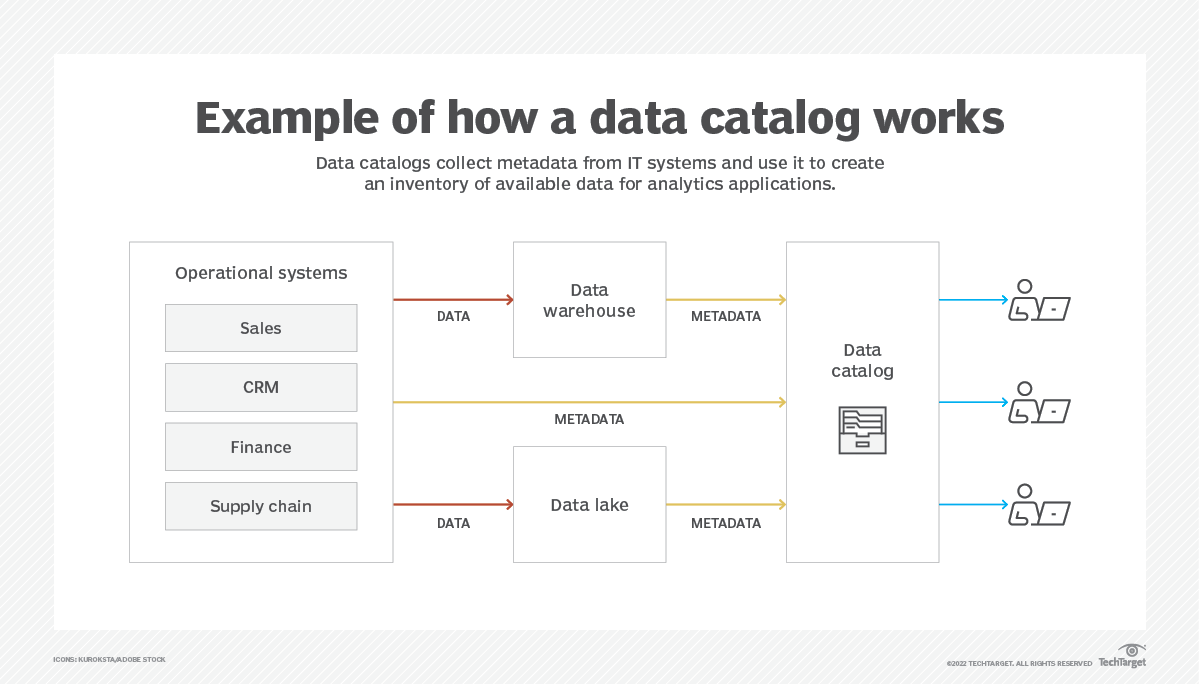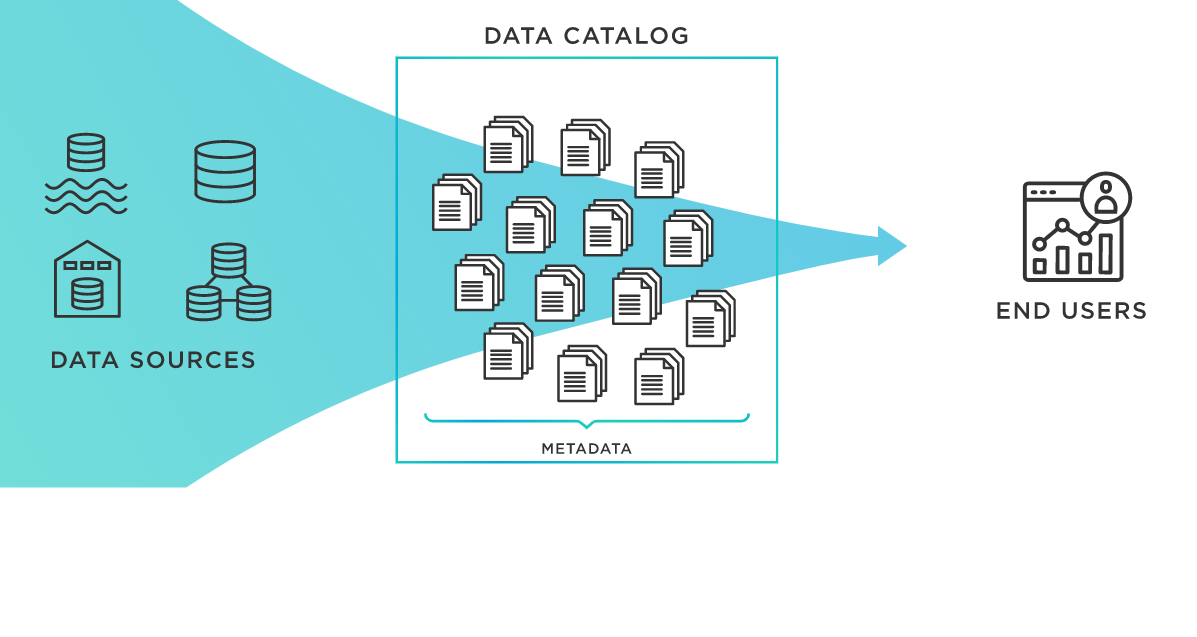Data Catalog Example
Data Catalog Example - Data catalogs provide advanced search and filtering capabilities that allow you to efficiently locate datasets and perform data analytics or engineering tasks. Learn more about the data catalog uses cases that improve your data management processes. A data catalog can automatically enrich data assets with additional metadata, such as data quality metrics, data lineage information, or recommendations for related data sources. Roughly there are 4 main categories of data catalogs. It serves as an inventory of data and provides the necessary information to evaluate the fitness of. What is a data catalog? Commercial and open source offerings are. It also allows businesses to differentiate many similar pieces of data and speed up any process relating to retrieving and using data—especially in enterprise environments. A data catalog is a detailed inventory of all data assets in an organization, designed to help data professionals quickly find the most appropriate data for any analytical or business purpose. What is a data catalog? In this article, we explore how to build a data catalog effectively. It also allows businesses to differentiate many similar pieces of data and speed up any process relating to retrieving and using data—especially in enterprise environments. A data catalog provides a detailed description of what data contains and what a business uses it for. Airbnb created a data catalog called dataportal to try to solve their challenge of scattered, siloed data across its vast global operations. Roughly there are 4 main categories of data catalogs. Commercial and open source offerings are. A data catalog is the inventory of all data assets in an organization that helps data professionals find the most relevant data for any analytical or business purpose. A data catalog is like a detailed map for all the data in an organization. Let’s spotlight two companies to see how implementing a data catalog can enhance an organization’s data management practices: A data catalog is a detailed inventory of all data assets in an organization, designed to help data professionals quickly find the most appropriate data for any analytical or business purpose. A data catalog is a detailed inventory of all data assets in an organization, designed to help data professionals quickly find the most appropriate data for any analytical or business purpose. A data catalog can automatically enrich data assets with additional metadata, such as data quality metrics, data lineage information, or recommendations for related data sources. Commercial and open source. It serves as an inventory of data and provides the necessary information to evaluate the fitness of. Data catalogs provide advanced search and filtering capabilities that allow you to efficiently locate datasets and perform data analytics or engineering tasks. Roughly there are 4 main categories of data catalogs. Much like a library catalog that indexes books, a data catalog indexes. It serves as an inventory of data and provides the necessary information to evaluate the fitness of. Much like a library catalog that indexes books, a data catalog indexes an organization’s data assets and key information about them. Learn more about the data catalog uses cases that improve your data management processes. It also allows businesses to differentiate many similar. What is a data catalog? A data catalog is the inventory of all data assets in an organization that helps data professionals find the most relevant data for any analytical or business purpose. It also allows businesses to differentiate many similar pieces of data and speed up any process relating to retrieving and using data—especially in enterprise environments. In this. A data catalog is a detailed inventory of all data assets in an organization, designed to help data professionals quickly find the most appropriate data for any analytical or business purpose. What is a data catalog? A data catalog is the inventory of all data assets in an organization that helps data professionals find the most relevant data for any. It serves as an inventory of data and provides the necessary information to evaluate the fitness of. A data catalog is like a detailed map for all the data in an organization. Roughly there are 4 main categories of data catalogs. What is a data catalog? The goal is to turn scattered data into a searchable inventory of assets, so. It also allows businesses to differentiate many similar pieces of data and speed up any process relating to retrieving and using data—especially in enterprise environments. Roughly there are 4 main categories of data catalogs. In this article, we explore how to build a data catalog effectively. What is a data catalog? A data catalog can automatically enrich data assets with. Commercial and open source offerings are. A data catalog is a detailed inventory of all data assets in an organization, designed to help data professionals quickly find the most appropriate data for any analytical or business purpose. It serves as an inventory of data and provides the necessary information to evaluate the fitness of. It also allows businesses to differentiate. Much like a library catalog that indexes books, a data catalog indexes an organization’s data assets and key information about them. A data catalog is the inventory of all data assets in an organization that helps data professionals find the most relevant data for any analytical or business purpose. Airbnb created a data catalog called dataportal to try to solve. A data catalog is a detailed inventory of all data assets in an organization, designed to help data professionals quickly find the most appropriate data for any analytical or business purpose. Data catalogs provide advanced search and filtering capabilities that allow you to efficiently locate datasets and perform data analytics or engineering tasks. The goal is to turn scattered data. In this article, we explore how to build a data catalog effectively. Learn more about the data catalog uses cases that improve your data management processes. A data catalog provides a detailed description of what data contains and what a business uses it for. A data catalog is the inventory of all data assets in an organization that helps data professionals find the most relevant data for any analytical or business purpose. Airbnb created a data catalog called dataportal to try to solve their challenge of scattered, siloed data across its vast global operations. It also allows businesses to differentiate many similar pieces of data and speed up any process relating to retrieving and using data—especially in enterprise environments. A data catalog is a detailed inventory of all data assets in an organization, designed to help data professionals quickly find the most appropriate data for any analytical or business purpose. What is a data catalog? A data catalog can automatically enrich data assets with additional metadata, such as data quality metrics, data lineage information, or recommendations for related data sources. The goal is to turn scattered data into a searchable inventory of assets, so users spend. Let’s spotlight two companies to see how implementing a data catalog can enhance an organization’s data management practices: A data catalog is like a detailed map for all the data in an organization. Much like a library catalog that indexes books, a data catalog indexes an organization’s data assets and key information about them. Commercial and open source offerings are.Build your data catalog quickly with this stepbystep guide
Data Catalog Reference Model & Market Study CDQ
What is a data catalog? LightsOnData
What Is A Data Catalog & Why Do You Need One?
What is a data catalog? LightsOnData
Data Catalog Template
Data Catalog Template Excel
Data Catalog Template Excel
What is a Data Catalog? Uses, Benefits and Key Features TechTarget
Data Catalog Concepts, Tools & Examples Analytics Yogi
It Serves As An Inventory Of Data And Provides The Necessary Information To Evaluate The Fitness Of.
What Is A Data Catalog?
Roughly There Are 4 Main Categories Of Data Catalogs.
Data Catalogs Provide Advanced Search And Filtering Capabilities That Allow You To Efficiently Locate Datasets And Perform Data Analytics Or Engineering Tasks.
Related Post:
